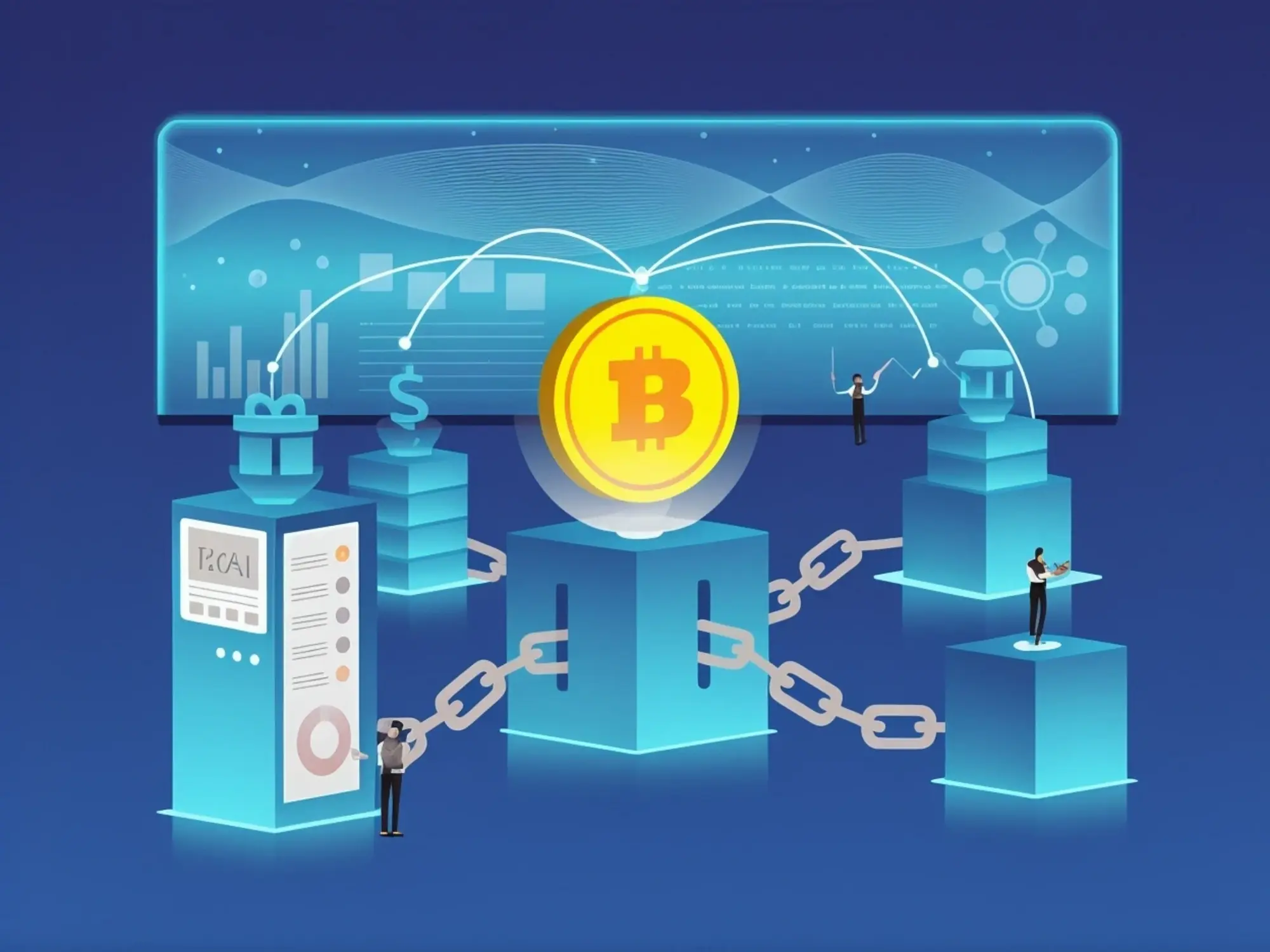Why Fixed-Rate Lending Is About to Change Everything in DeFi
Fixed-rate lending is poised to revolutionize the DeFi landscape, offering greater stability and predictability for crypto asset investors. This shift is timely as it addresses the growing need for sustainable financial solutions in the ever-evolving world of decentralized finance.
Understanding the Shift in DeFi Lending Models
The traditional lending structures in decentralized finance (DeFi) have primarily revolved around variable interest rates, which are often influenced by market volatility. This environment can create significant uncertainty for borrowers and lenders alike. As participants in the market seek more predictable outcomes, the emergence of fixed-rate lending offers a promising alternative. According to recent trends, platforms are beginning to incorporate fixed loan offerings, signifying a critical evolution in lending practices. This shift not only addresses the needs of borrowers looking for consistency but also aims to enhance the overall user experience in DeFi.
In essence, the current lending ecosystem requires innovative solutions to keep pace with market dynamics. Fixed-rate lending enables borrowers to access loans without worrying about fluctuating interest rates, which can significantly impact repayment amounts. This fundamental change highlights the increasing demand for stability in financial transactions, particularly amid the often turbulent nature of the crypto market.
The Importance of Fixed-Rate Lending in Crypto Assets
Understanding how fixed-rate lending works within a crypto context is crucial. In simple terms, it allows borrowers to secure loans at a predetermined interest rate for the loan’s duration, unlike variable-rate loans, where rates can change based on market conditions. This setup brings significant benefits, including enhanced predictability and stability in repayment schedules.
Such stability is vital for fostering investor confidence in the DeFi space. Numerous studies suggest that predictable cost structures in lending can lead to increased investment in crypto assets, as individuals feel more secure in their financial decisions. As the adoption of fixed-rate models grows, it becomes clear that these structures could play a pivotal role in attracting both retail and institutional investors to decentralized finance, reinforcing the trust in new financial paradigms.
Current Trends in Decentralized Finance
DeFi has experienced remarkable growth rates, with participation soaring as more users recognize the opportunities it presents. Recent data points to billions locked in various DeFi protocols, underscoring the global trend toward decentralized financial solutions. One key trend is the noticeable shift in lending paradigms, where fixed rates are becoming increasingly prevalent as platforms integrate robust technological advancements.
Innovations such as blockchain interoperability and smart contracts have facilitated the transition to fixed-rate options. These technological advancements streamline the lending process, making it easier for users to compare rates and select favorable terms. As more DeFi applications adopt these frameworks, it’s likely that the fixed-rate lending model will become a standard feature within the broader ecosystem.
Risks and Challenges Facing Fixed-Rate Structures
Despite the potential benefits, fixed-rate lending is not without its risks. Market volatility can pose significant challenges, with interest rates fixed at levels that may become unfair under adverse conditions. Moreover, liquidity issues could arise if borrowers default, leaving lenders unable to recover their investments. Therefore, it’s crucial for all parties involved to weigh the pros and cons thoroughly before engaging in fixed-rate lending.
Additionally, regulatory challenges may also surface as governments worldwide begin to scrutinize DeFi projects more closely. These regulations can impact how fixed-rate lending is implemented and could lead to a more complex operational environment for platforms offering such loans. Thus, navigating these waters will necessitate a keen awareness of regulatory developments and a willingness to adapt to new standards.

What Fixed-Rate Lending Means for Future Investments
Fixed-rate lending opens paradigmatic possibilities for investment strategies in the DeFi space. Investors can confidently manage their loan repayments, allowing for better planning and allocation of capital towards other crypto assets. Both individual and institutional investors stand to benefit, as a fixed framework enables them to gauge risk and assess potential returns more effectively.
This newfound clarity in financing can reshape how crypto asset management occurs. Portfolio managers, for instance, might leverage fixed-rate loans to enhance their operational efficiency, using clear repayment schedules to invest in other opportunities. Consequently, the adoption of fixed-rate lending could catalyze a shift towards more structured investment approaches in the DeFi ecosystem.
Actions to Embrace Fixed-Rate Lending Today
Investors looking to embrace fixed-rate lending in DeFi can take several steps. First, it’s vital to research platforms specializing in fixed-rate options, such as HiFi Finance, which focuses on integrating these structures into their lending protocols as detailed on their website. Familiarization with various DeFi protocols will enhance investors’ understanding of how these systems operate.
Additionally, users should consider utilizing DeFi yield calculators to evaluate the potential outcomes of fixed-rate loans. Staying informed about market developments and technological advancements will enable investors to adapt quickly to changes, ensuring they remain competitive within the evolving landscape of decentralized finance.
In conclusion, while fixed-rate lending presents substantial opportunities, investors must approach this shift with caution, considering both the benefits and the associated challenges.


